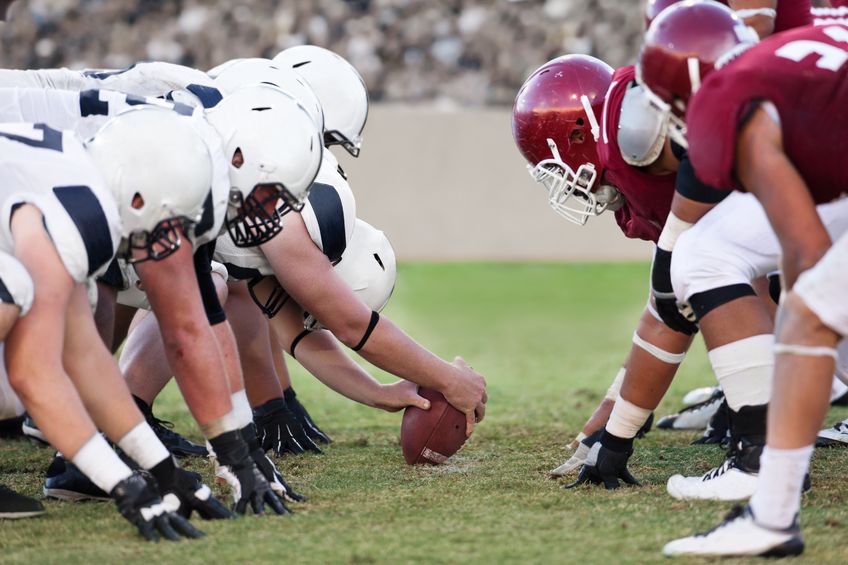3 Reasons a Plantar Fascia Rupture Affects Pro Athletes

In recent months, we’ve heard of some pretty high profile professional athletes succumbing to plantar fasciitis and plantar fascia ruptures. While this can occur in just about anyone who spends their time on their feet, for professional athletes like Peyton Manning and Drew Brees, a plantar fascia rupture can spell disaster for their careers.
You’ve likely heard about what’s happened to these pro athletes, but not a lot has been said about what a plantar fascia rupture is, or how it affects a pro athlete. This post should hopefully clear up any questions you might have about the effects of a plantar fascia rupture.
A Ruptured Plantar Fascia Affects Speed
The plantar fascia connects the heel to the forefoot and is the tension band and tie-rod for the arch of the foot. The arch is the structural shape the foot takes in order to maximize efficient translation of strength from the core and leg muscles to the foot for running and jumping.
Basically, the leg muscles contract from the quadriceps (thigh muscles) to the gastrocnemii (calf muscles) and the force of those contractions is translated through the bones, ligaments and tendons of the foot into actual motion. The integral structure for that energy translation is the plantar fascia. If the plantar fascia is disrupted, then the muscular force is not fully put into the push-off of the foot. This is one of the reasons that a partial tear of the plantar fascia can dramatically affect the performance of a Drew Brees or a Peyton manning for example.
Destabilizes the Foot and Affects Balance and Position Sense
The plantar fascia encompasses the bottom of the foot, or the sole. It is the main connection between the leg and ankle to the midfoot and forefoot. It also connects the medial (inside) foot to the lateral (outside foot) and allows efficient navigation of uneven surfaces and provides a structure to assist with overall balance.
People that have had a surgery to release the plantar fascia often complain of pain on the lateral (outside) of the foot later on; this is because the weight is distributed incorrectly over the foot without an intact plantar fascia and stress fractures and stress reactions occur in the bones on the outside of the foot as they are not built for this level of weight bearing. A plantar fascia release is effectively a controlled rupture; the same problems will occur with a tear or rupture of the fascia. This means that Drew Brees may have trouble with his innate reaction times and positioning of his feet in the pocket as the foot is not optimized biomechanically anymore.
Plantar Fascia Ruptures are Painful
Obviously, the main impediment to athletic performance in such a situation will be pain. However, the structural implications of a torn plantar fascia should not be overlooked once pain is controlled. It is easy to mask pain and pretend an injury is better.
Steroid injections, Toradol injections, pain medication, anti-inflammatory pills and such can all be used to block the pain signals in the brain. However, none of these pain relieving treatments do anything to promote healing and to restore the structural integrity of one of the most important parts of the foot. High-level athletes face a conundrum in that they have a strong desire to continue to play. They have access to all available pain relief techniques in order to ‘get back in the game’. However, they lack the ability to temper the desire to play now with the necessity of allowing the plantar fascia to heal naturally.
{{cta(‘5bdf3d7d-fe06-4fff-814a-274edbdda674′,’justifycenter’)}}




